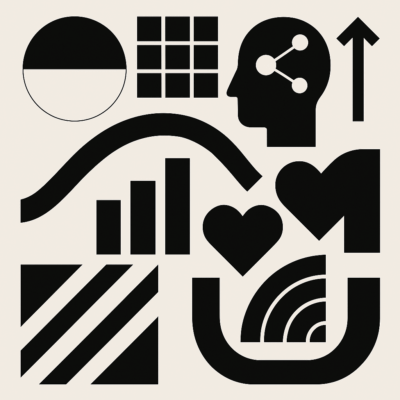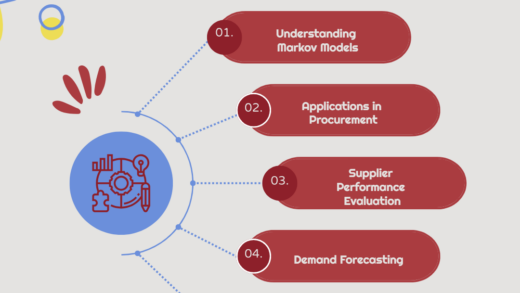In the rapidly evolving landscape of data analysis and management, Artificial Intelligence (AI) chatbots have carved a niche for themselves. These chatbots, equipped with Natural Language Processing (NLP), are revolutionising the way we interact with data. In this article, we delve deeper into the manifold benefits of employing AI chatbots for data interaction, focusing on their accessibility, time efficiency, personalised responses, and data visualisation capabilities.
Enhanced Accessibility: Democratising Data
One of the paramount advantages of AI chatbots is their role in democratizing data. Traditionally, interacting with data required a certain skill set, which included the knowledge of database queries and data filtering techniques. This created a barrier for individuals lacking these skills. However, AI chatbots have rendered this barrier obsolete. With their natural language environments, chatbots facilitate an inclusive space where even novices can effortlessly interact with data. Users can pose questions in layman’s terms and receive comprehensive answers, which encourages data-driven decision making across all levels of an organisation.
Time Efficiency: Harnessing Speed and Precision
Time is of the essence in the information age, and AI chatbots excel in delivering data-driven answers with remarkable speed. The capability of chatbots to parse through voluminous datasets in a fraction of the time it would take a human is invaluable. This not only expedites decision-making processes but also enhances productivity. For instance, instead of spending hours or even days manually searching through spreadsheets, a user can retrieve relevant data within seconds through a chatbot. This immediate access to information is particularly beneficial in time-sensitive industries like finance or healthcare.
Personalised Responses: Adaptive and Intuitive Interactions
The integration of machine learning algorithms within chatbots allows them to learn from each interaction and progressively refine their responses. This learning capability results in more intuitive and tailored interactions over time. As a chatbot becomes more familiar with a user’s preferences and requirements, it can offer suggestions, anticipate queries, and even provide insights that the user might not have considered. This level of personalisation contributes to a more efficient and targeted approach to data interaction.
Data Visualisation: Picturing Data in a New Light
A picture is worth a thousand words, and this holds especially true for data. AI chatbots have transcended the conventional text-based responses and have ventured into the realm of data visualisation. When a user poses a query, some advanced chatbots are capable of not only providing textual answers but also representing data through graphs, charts, and other visual aids. This is crucial as visual representations are often more digestible and easier to interpret than raw data. For instance, trends and patterns that might be obscure in a table become conspicuous in a line chart. Such visualisations empower users to make more informed decisions based on data.
—
As we stand at the precipice of a new era in data interaction, AI chatbots have firmly positioned themselves as catalysts for transformation. The democratization of data through these chatbots is not just a technological achievement; it holds socio-economic implications. By rendering data accessible to the masses, AI chatbots facilitate informed decision-making, which transcends the corporate sphere and finds applications in areas such as education, healthcare, and governance.
The time efficiency provided by chatbots is paramount in an age where the velocity of data generation is unparalleled. Organizations and individuals can now respond to evolving circumstances with agility and precision, affording them a competitive edge. This ability to swiftly adapt to changing environments could prove vital in crisis management situations, such as natural disasters or health emergencies, where the timely processing of data can be life-saving.
Furthermore, the personalised responses and adaptiveness of AI chatbots contribute to a more human-like interaction. This is likely to culminate in a deeper integration of chatbots into our daily lives, as they become not only tools for data interaction but also companions and advisors. As the technology continues to evolve, we may find AI chatbots being woven into the fabric of our societies.
Additionally, the capacity of AI chatbots to visualise data is an embodiment of the adage “seeing is believing.” By transforming complex datasets into visual representations, chatbots empower individuals to grasp the essence of the data without getting bogged down in the details. This will likely usher in a more data-literate society, as people become adept at interpreting visual data and incorporating these insights into their decision-making processes.
However, as we revel in the potential of AI chatbots, it’s important to acknowledge the responsibilities that accompany this technology. Ethical considerations, particularly concerning data privacy and the human-like interactions, need to be thoroughly examined. Ensuring the responsible and ethical utilization of AI chatbots is as important as the development of the technology itself.
In summation, AI chatbots represent a confluence of accessibility, efficiency, personalisation, and visualisation in data interaction. Their impact is poised to be transformative across multiple sectors. As we navigate this brave new world, it is imperative that we do so with a sense of responsibility and an understanding of the far-reaching implications of this technology. The evolution of AI chatbots is not an endpoint, but rather a waypoint in the ceaseless journey of innovation.








